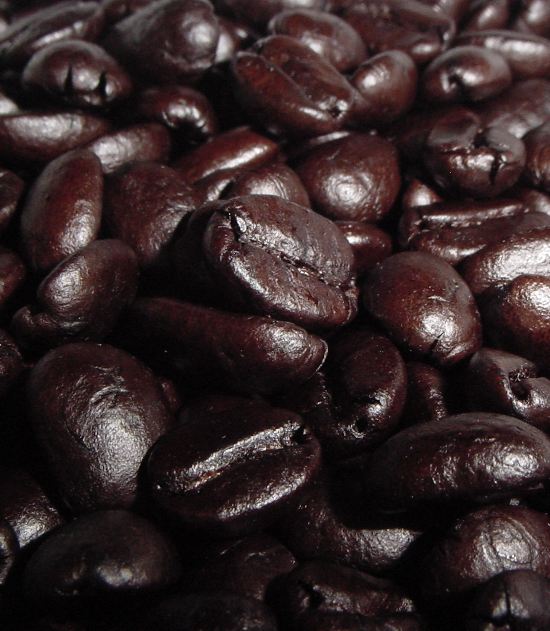
No purveyor of gourmet coffee uses robusta beans. They are a result of the species’ inferior quality, which is more suitable for gas stations than coffee shops.

The bitter flavors of robusta don’t primarily come from its higher caffeine levels, though. Robusta, in contrast, has high caffeine and is bitter. Arabica, which is the only species of coffee we carry, is sweeter and produces more nuanced flavors than robusta – and about 50 percent less caffeine than robusta. There is a significant difference in caffeine content between the two main coffee species: coffea arabica and coffea robusta. Robusta beans have a lot more caffeine than arabica, but they don’t taste as good The difference in caffeine content between a light and bold selection comes not from the amount of caffeine in the beans but the amount of coffee used in brewing. Therefore, not as much caffeine will be in the final cup. Because darker beans are larger than lighter ones, when beans are measured out by volume, rather than weight, brews made with darker beans will not have as many grounds. When people and cafes scoop beans, however, the size difference will impact the brewed coffee. Therefore, darker roasted coffee beans tend to be larger than lighter roasted ones.Īs long as coffee is prepared by weighing out grounds using a scale (as we recommend), the difference in lightly roasted and darkly roasted beans’ sizes will not impact the final brew. The longer they’re roasted, the more beans swell. During the roasting process, coffee beans expand. The second, that lighter roasts have more caffeine, is a result of how many people and cafes prepare coffee. The myth that lighter roasts have more caffeine is created by associating caffeine with bean size Caffeine isn’t the chemical that produces the bolder flavors, though. The bold flavors of dark roasts are thought to be stronger, and therefore, contain more caffeine. The first myth, that darker roasts have more caffeine, largely comes from people mistakenly associating caffeine levels with flavor. The myth that darker roasts have more caffeine comes about by associating caffeine with flavor Both roasts will have enough caffeine to affect your brain. By the time a light and a dark roast are brewed, any difference in caffeine levels that are a result of roasting will be imperceptible.

The truth is that, while some caffeine does dissipate in the roasting process, the amount lost is negligible. Another common myth claims the exact opposite: darker-roasted coffees have less caffeine. One of the most common myths about coffee is that dark-roasted coffees have more caffeine than lighter ones. Very little caffeine, if any, is lost in the roasting process Darker roasts don’t have more caffeine than lighter ones - they have about the same amount of caffeine. Darker roasts actually don’t have more caffeine than lighter ones - they have about the same amount of caffeine. The intense flavors arise from the bitterness produced by roasting, not from caffeine. The bold flavors of dark roasts shouldn’t be mistaken as indications of their caffeine content, though. (Originally published March 28, 2015).ĭarker roasts are generally viewed as “stronger” than lighter roasts, and are accordingly presumed to have higher caffeine levels. Read on to bust the myth behind coffee roast levels and caffeine.


 0 kommentar(er)
0 kommentar(er)
